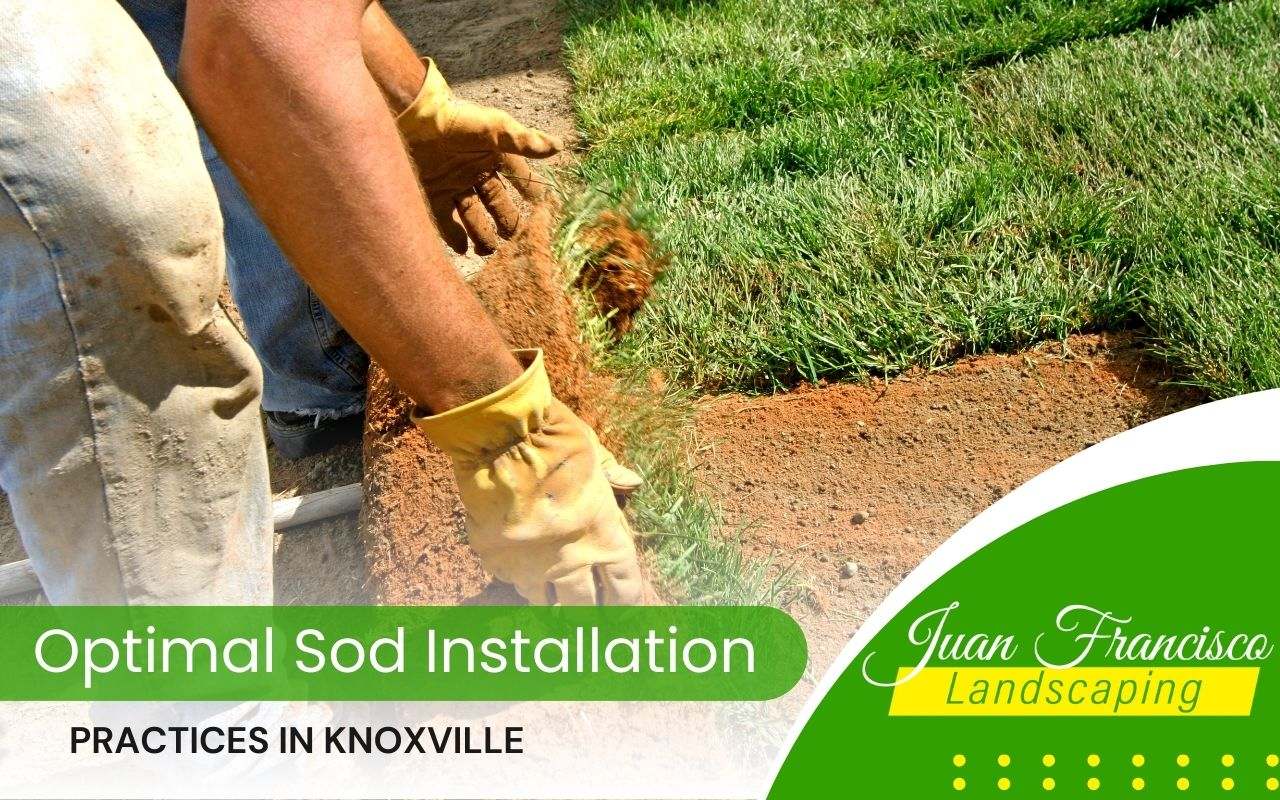
Optimal Sod Installation Practices In Knoxville
Creating a lush, resilient lawn in Knoxville requires using optimal sod installation practices designed to suit the local climate. From preparing the soil to choosing the right sod type, every step impacts the final result. This guide outlines everything you need to know about soil preparation, watering techniques, and the best seasonal timing to ensure your new sod thrives and builds strong roots in Knoxville’s unique environment.
Preparing for Sod Installation in Knoxville
Soil Preparation Techniques
Soil preparation is foundational for a healthy, long-lasting lawn. Start by removing all existing grass, weeds, and debris from the area to prevent any competition with your new sod. Next, till the soil to a depth of 4-6 inches to improve aeration and allow roots to penetrate more easily. Testing your soil’s pH is also essential; for most types of sod, a pH between 6 and 7 is ideal. Consider adding organic matter or adjusting pH levels as needed to create a nutrient-rich foundation that promotes growth.
Choosing Quality Sod
The type of sod you choose should be compatible with Knoxville’s climate. For example, Bermuda and Fescue grasses are popular choices, as they can handle the region’s varying temperatures and moisture levels. High-quality sod is freshly harvested and dense, with a well-developed root system, giving it the best chance to establish quickly and thrive.
Leveling the Soil
After preparing the soil, level it with a rake to ensure a smooth surface. This step minimizes dips and low spots where water can pool, preventing root rot. Compress the soil lightly to make it firm without compacting it too tightly, as this allows roots to settle evenly.
Essential Sod Watering Practices
Setting Up an Initial Watering Schedule
Newly installed sod needs consistent moisture. Start by watering daily for the first two weeks to keep the roots hydrated as they establish. Knoxville’s warm climate can cause rapid evaporation, so water should be used early in the morning or late in the afternoon to reduce water loss.
Long-term Watering Strategy
Once the sod takes root, reduce the watering frequency to every two to three days. This encourages deeper root growth, making your lawn more resilient during dry spells. Always adjust your schedule based on rainfall and seasonal changes to prevent overwatering.
Seasonal Timing for Sod Installation
Spring vs. Fall Installation
Both spring and fall offer moderate temperatures that support strong root development without the stress of Knoxville’s summer heat. By choosing one of these seasons, you’ll give your sod the best start.
Adapting to Summer or Winter Installation
When installing sod in summer, increase watering frequency to compensate for higher evaporation rates. This ensures young sod remains hydrated during the hotter months. For winter installations, protect new sod from frost damage. Covering the sod during unexpected freezes and monitoring soil moisture can help establish the sod while preventing frost-related issues.
Build Your Dream Lawn with Expert Sod Installation
Following these optimal sod installation practices will set you on the path to a beautiful, durable lawn. For personalized guidance or expert sod installation in Knoxville, call us at (865) 455-3964.
